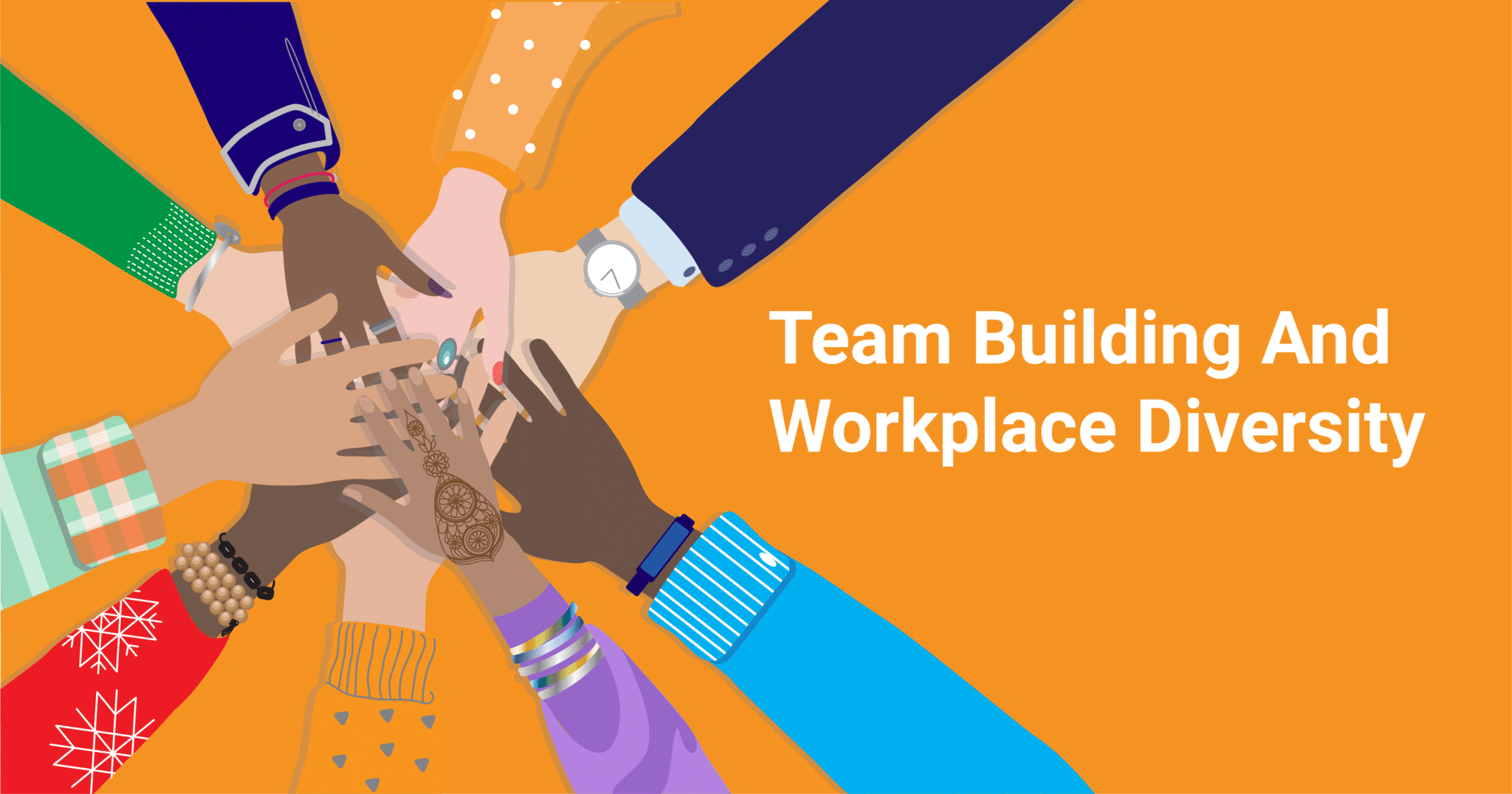Building a diverse team can be a daunting task for HR manager and entrepreneurs in general. Team building and Diversification, especially inter-racial ones are particularly hard to manage because of the underlying stereotypical cultural and racial differences that have permeated our societies. Numerous studies prove that diversified teams produce better results compared to homogenous racial or ethnic teams. The same report has also revealed that having a diversified workforce impact the bottom line, in terms of inherent advantage in selling products and services to diverse groups of people.
There are two different types of diversity: Inherent diversity and acquired diversity. Inherent diversity refers to diversity that are biologically and culturally predetermined i.e. race, gender, religious background, socio-cultural background, nationality, sexual orientation etc. Acquired diversity refers to traits such as cultural fluency, generational savviness, social media skills, military experience, language skills etc. Employers therefore must be aware of these constituent factors of diversity and integrate them into their diversified team building plan.
1. Build it into the vision statement of the Company:
Consciously communicating your commitment to building a company without recourse to racial or ethnic bias and making it an integral cornerstone of the vision of your company is the very first step in the process of creating a diversified workplace. This means that you must explicitly state it in your vision or mission statement and commit to it. Indicate your policy on equal opportunity for all.
2. Action speaks louder than words
Don’t just make it an intention. Build it into your hiring process. For example, job adverts sent out must clearly communicate your company’s position on diversity and how this is built into the very core of your hiring processes. Encourage minorities. Talk about your company’s diversity in press releases, company blogs and events. By making it a core messaging in all your communication, you will attract the best diverse talent to your pool and reap the benefits thereof.
3. Invest in Leadership development:
Identify and adopt a range of formal and informal professional development tools such as mentoring, online learning schools and coaching. Ensure top performing people of minority diversity are elevated to leadership positions. This process will systematically ensure unbiased promotions or delegations of people to positions of responsibility.
4. Ensure Ongoing Discussions on the topic:
Open up the issues of diversity. Take note of concerns raised at the workplace and resolve them as fairly and promptly as possible. By taking a firm balanced position on issues, you instil confidence among your team and encourage the minority to stay longer.
According to a research done by Koya Leadership Partners, one nonprofit, for example, developed fundraising materials that featured students of color. During a local diversity dialogue, a staff member reported that some team members considered the profiles of students disrespectful, because they used language that reinforced negative stereotypes. When the national office heard this feedback, it decided to revise the materials and change how it developed similar materials so that team members working locally—closest to the services—could give feedback during the development stage.
5. Know where to look for diverse candidates:
In order to attract diverse candidate, you must go where they are and be diligent in catching their attention. Posting job adverts in one particular geographic location or one particular medium may hamper your efforts at diversifying your organization. Use varied recruitment agencies and platforms, posts jobs at foreign student residences on University campuses, use social media, race-specific industry associations, and organizations that focus specifically on providing diverse candidates to organizations. On social media for example, you could showcase how diverse your workplace already is by posting pictures of employees of diverse backgrounds engaging in fun games or charity activities. This is the ultimate reassurance to anyone who might doubt your press blog articles or press releases.
6. Setup metrics to Audit Diversity:
Set up base lines and regularly evaluate diversity at your company. Setting up baseline metrics will ensure that you keep a keen eye on the issue and make sure it aligns with the vision. You may not always get a hundred percent result of your goals, but it will give you an idea of how diverse your organization is at any point in time. This way you can quickly setup an action plan in place if you realize you’re slipping on your targets.
Getting your organization diverse is in no way an easy task, neither is it impossible. Humans by nature are comfortable with what we know and what we’re culturally attuned to. However by making a conscious effort to diversify your organization, you’re already setting up the organization up for success as more diversity means a wide pool of talent, skillset and idiosyncrasies that could benefit the whole organization as already indicated in the opening paragraph of this article; you get a larger pool of diversified end users to your product or services and the organization even looks cool in the eyes of the public and ratings organization. Take the shot and begin your diversification process today!
Check out: Employee Motivation: Facts and Myths





